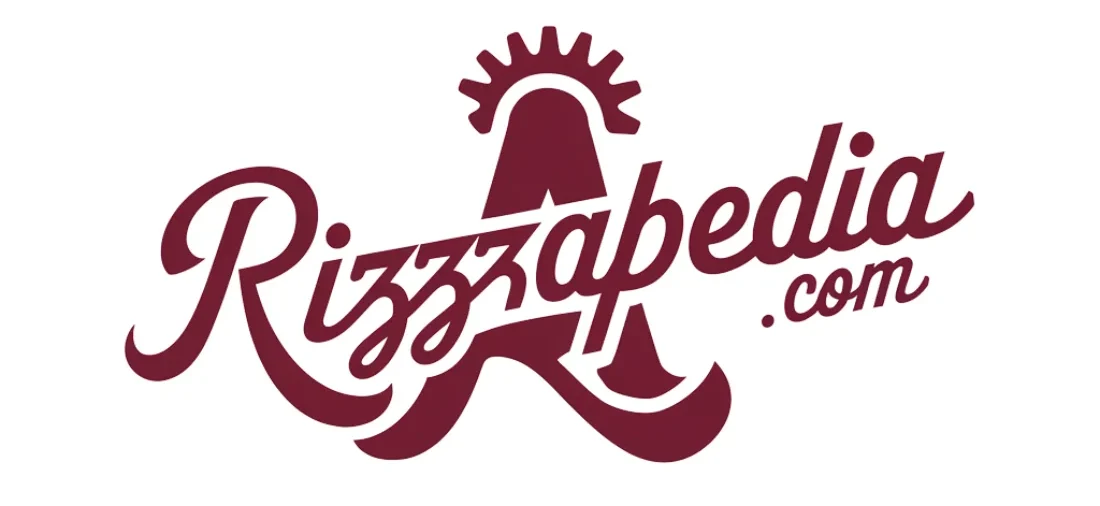It is clearly evident that the way people discover information online is changing faster than ever. People no longer want to scan webpages to find the information they’re looking for. Traditional search engines remain important, but they are no longer the only gateways to knowledge.
People are turning to LLM tools like ChatGPT, Gemini, and Perplexity to ask questions, seek recommendations, and make informed decisions. This shift means brands must think beyond Google rankings and begin measuring visibility across Large Language Model (LLM) platforms.
That is where Tesseract plays a transformative role. As a platform built to monitor and optimize brand reach in AI search environments, it enables businesses to stay competitive in a space where LLMs are shaping customer interactions.
Why AI and LLM Platforms are Important for Brand Visibility
The adoption of generative AI is not slowing down. In comparison to traditional search engines that deliver a list of blue links, LLMs provide consolidated answers. This makes it harder for brands to stand out unless they are directly referenced.
For marketers, this introduces both a challenge and an opportunity. The challenge is that, if a brand is not visible to these LLM tools, it risks being excluded from customer conversations. The opportunity lies in using sophisticated tools like Tesseract to track, analyze, and enhance visibility across multiple AI-driven platforms simultaneously.
What Makes LLM Visibility Different from SEO?
Search Engine Optimization (SEO) focuses on factors such as backlinks, content quality, and technical performance to improve search engine rankings. With LLM tools, the process is more nuanced. These systems rely on massive training datasets and continuous refining, which means brand visibility depends on how consistently your brand is referenced, cited, or associated with authority in your niche.
A traditional SEO dashboard may not provide insights into whether ChatGPT or Gemini includes your brand in their responses. This is when a tool designed for AI discovery can bridge that gap. Tesseract allows businesses to see how often and in what context their brand appears in AI-generated answers. This gives them a strategic edge over competitors who are still focused solely on search engines.
Key Features of Tesseract as an AI Tool
Tesseract is a comprehensive intelligence platform designed for the age of AI discovery. Here are the core features that make it stand out:
- Cross-platform Monitoring: Tracks brand mentions and visibility across LLM tools like ChatGPT, Gemini, Perplexity, and other leading LLMs.
- Competitor Analysis: Compares how your brand performs against competitors in AI-generated responses.
- Keyword-level Insights: Identifies which terms and queries trigger brand mentions in LLM outputs.
- Actionable Recommendations: Provides steps to improve presence by aligning content, authority signals, and citations.
- Trend Forecasting: Uses predictive analysis to highlight shifts in AI-driven search and prepare your strategy in advance.
How Brands Can Optimize Reach Across AI Platforms
Optimizing brand reach in AI-driven ecosystems requires a different approach than traditional SEO. Here are the strategies that leading marketers can adopt with the support of a tool like Tesseract:
Audit Current Visibility
The first step is understanding how your brand is currently represented in LLM-generated answers. Does ChatGPT mention your product when asked about top solutions in your category? Does Gemini list your brand among recommended providers? Knowing this can help you work harder to increase your visibility.
Strengthen Content Authority
AI models draw from authoritative and consistent sources. Brands need to publish high-quality content that is frequently updated and cited in a relevant manner.
Aligning with industry best practices and appearing in reputable sources increases the likelihood of being referenced in AI outputs.
Close Competitive Gaps
Benchmarking against competitors is vital. If rival brands are dominating AI mentions, it signals a need for stronger authority signals. Using Tesseract’s benchmarking capabilities, marketers can identify where they lag and build targeted campaigns to bridge those gaps.
Focus on Structured Data
LLM tools value clarity. Incorporating structured data, clear FAQs, and precise product descriptions makes it easier for models to surface accurate information.
The Competitive Advantage of Acting Now
The shift to AI-driven discovery is permanently reshaping digital behavior. Companies that adopt AI tools early gain a first-mover advantage, embedding themselves into the knowledge systems customers rely on most. Those who delay risk being invisible at the very moment purchasing decisions are made.
Tesseract ensures that your brand is visible and competitive across platforms where customer trust is rapidly shifting. Its intelligence equips marketing teams to act with precision, aligning their strategy with the new dynamics of digital discovery.
Building a Future-proof Marketing Strategy
Success in this new era of AI and LLMs requires a proactive mindset. Integrating a smart tool into your digital strategy provides the clarity needed to thrive in an environment where answers, not links, define visibility.
When combining strong content creation, authoritative positioning, and continuous monitoring, brands can maintain presence across both search engines and AI-driven platforms. Tesseract makes this integration easy, allowing businesses to adapt as models evolve and customer expectations shift.
Customers are asking questions directly to LLM tools like ChatGPT and Gemini, and only brands that secure visibility there will be considered part of the solution. Tesseract, functioning as a reliable LLM tool, provides the intelligence and insights needed to measure, adapt, and grow brand presence.
Also Read-Kickstart Your Tech Career with a Diploma in Information Technology at Sigma










